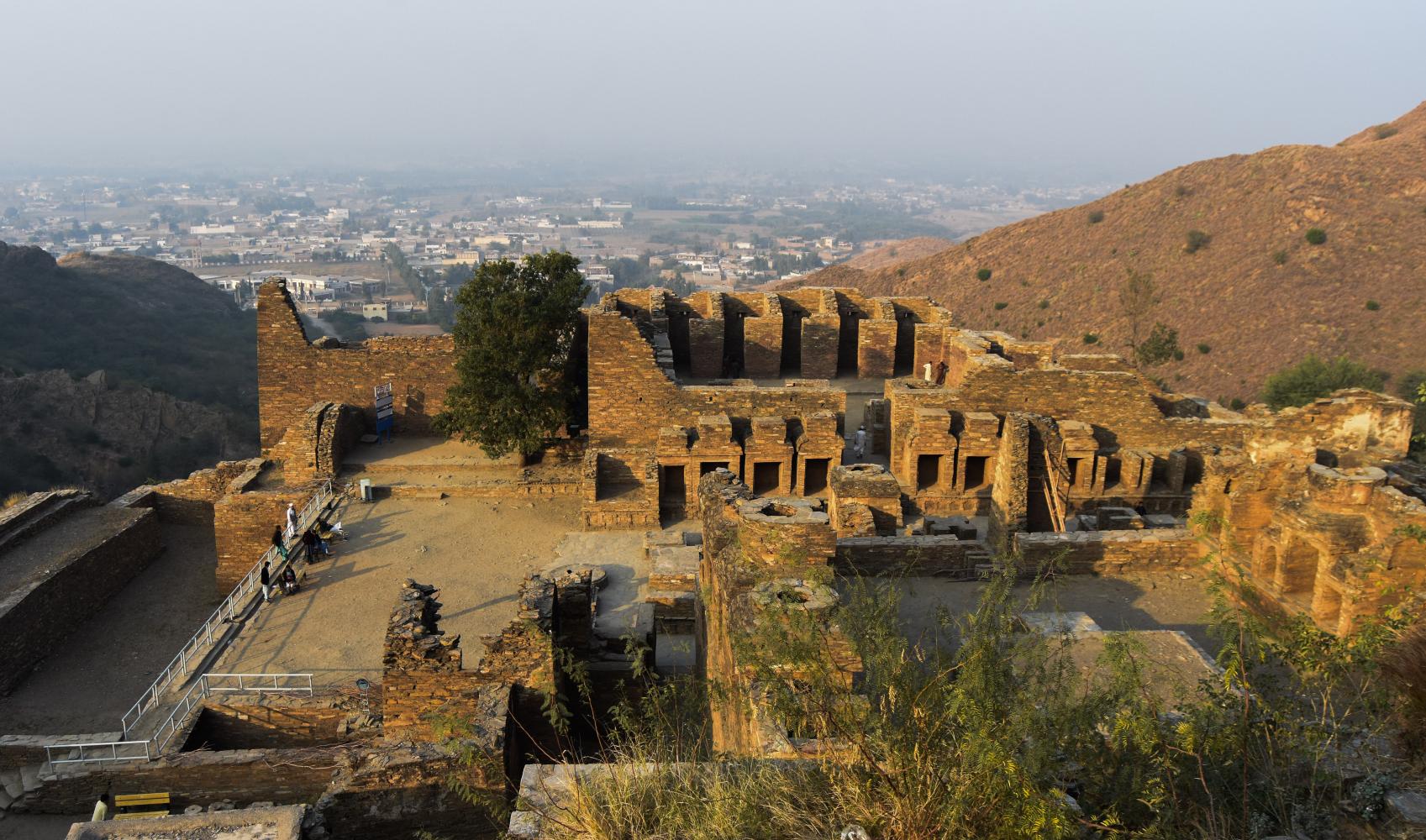TimeLine 1947 to 2024
From its origins as a historic region with a diverse cultural heritage to its present-day status as a thriving urban center, Mardan has undergone significant growth and development over the decades. The city's strategic location, fertile lands, and industrial prowess have contributed to its emergence as a key player in Khyber Pakhtunkhwa's economy.
Throughout its history, Mardan has demonstrated resilience and adaptability in the face of challenges, from periods of conflict to economic transformation. Efforts to preserve its architectural heritage, promote tourism, and embrace sustainability have further enhanced its appeal as a destination for residents, visitors, and investors alike.
As Mardan looks towards the future, it remains committed to building upon its strengths and seizing new opportunities for growth and prosperity. With its rich history, vibrant culture, and dynamic economy, Mardan stands poised to continue its journey of progress and development in the years to come.
1947: Mardan, a region with a rich historical legacy dating back to ancient times, becomes part of Pakistan following the partition of British India. The city's strategic location in the heart of the North-West Frontier Province (now Khyber Pakhtunkhwa) makes it a focal point for trade, commerce, and cultural exchange.
1951: The integration of Mardan into Pakistan catalyzes a period of rapid urbanization and infrastructural development. Educational institutions and administrative offices are established, laying the foundation for Mardan's emergence as an educational and administrative center in the region.
1955: Mardan's agricultural hinterland and strategic location along major transportation routes contribute to its economic prosperity. The city becomes a vital hub for agricultural trade, with its bazaars bustling with activity as traders from across the region converge to buy and sell goods.
1960: The establishment of industrial zones and manufacturing units in Mardan heralds a new era of economic diversification and growth. The city's industrial sector experiences significant expansion, attracting investment and creating job opportunities for its burgeoning population.
1965: The Indo-Pakistani War casts a shadow of uncertainty over Mardan, as the city mobilizes its resources to support the war effort. The resilience and determination of its residents are evident as they rally behind the nation's defense forces, contributing to the war effort with unwavering support and solidarity.
1971: Mardan undergoes a period of cultural revival, with efforts to preserve its rich heritage and promote tourism gaining momentum. Restoration projects breathe new life into historic landmarks such as the Takht-i-Bahi Buddhist Monastery and the Hund Museum, attracting visitors and tourists from far and wide.
1980: Government-led initiatives aimed at modernizing Mardan's infrastructure transform its urban landscape. The construction of new roads, bridges, and utilities enhances connectivity and accessibility, while the expansion of healthcare facilities and educational institutions improves the quality of life for residents.
1990: Mardan experiences economic diversification, with the emergence of new industries such as textiles, pharmaceuticals, and food processing. The city's industrial base expands, contributing to its status as a key economic center in Khyber Pakhtunkhwa.
2000: Mardan embraces technological advancements and innovation, establishing technology parks and incubators to foster entrepreneurship and growth. The city's IT sector experiences rapid expansion, attracting talent and investment from around the globe.
2010: Mardan's natural beauty and cultural heritage continue to attract visitors and tourists, with eco-tourism initiatives promoting sustainable tourism practices. Infrastructure development projects enhance transportation and connectivity within the region, stimulating economic growth and development.
2013: The launch of infrastructure projects, such as the Mardan Expressway and the Swat Motorway, further boosts connectivity and accessibility in Mardan. These modern highways reduce travel times and improve access to the city, stimulating economic activity and investment.
2015: Mardan prioritizes environmental conservation and sustainability, undertaking initiatives to address environmental challenges and promote green practices. Reforestation projects and waste management initiatives underscore the city's commitment to preserving its natural resources for future generations.
2020: Urban renewal projects aimed at enhancing livability and quality of life for residents are undertaken in Mardan. The redevelopment of old neighborhoods and the creation of green spaces and public parks create vibrant and inclusive communities.
2023: Economic diversification efforts gain momentum, with Mardan emerging as a center for healthcare, education, and technology. Investments in infrastructure and marketing campaigns attract visitors and investors, further stimulating growth and development.
2024: Mardan continues to evolve and adapt to the challenges and opportunities of the 21st century. With its vibrant economy, rich cultural heritage, and strategic location, the city remains a symbol of progress and prosperity in Pakistan's landscape.
